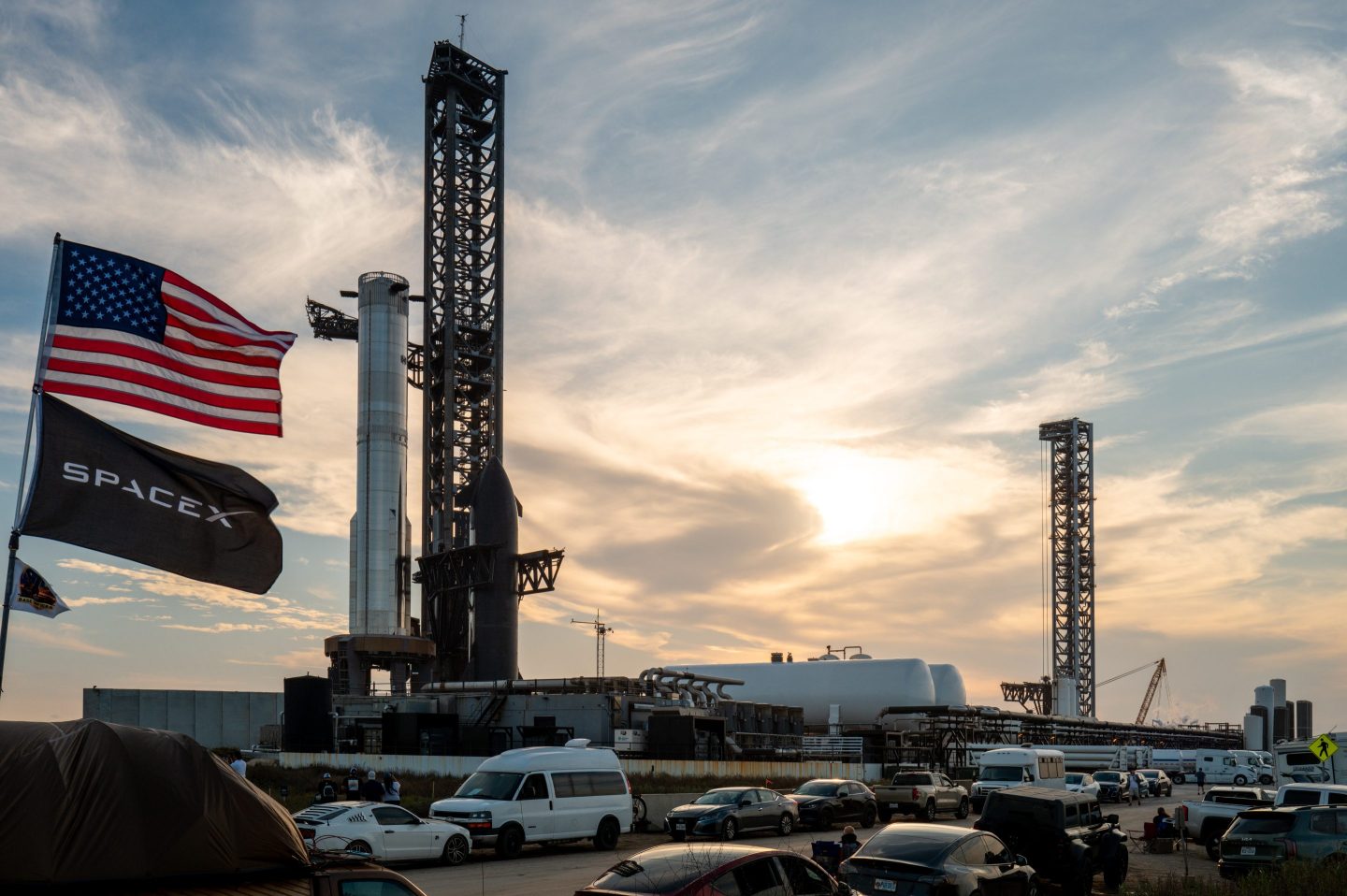While artificial intelligence has driven massive gains in tech stocks this year, a lesser-known exchange-traded fund focused on power infrastructure is quietly outpacing the broader market—and analysts say its best days may still be ahead.
The Tema Electrification ETF (VOLT) has surged 33% year to date, significantly outperforming the S&P 500’s roughly 17% gain over the same period. Now, according to Business Insider, analysts at Ned Davis Research are recommending the fund as an “overweight” investment, projecting it could deliver approximately 20% relative outperformance versus the S&P 500 by 2027.
The fund’s thesis centers on a straightforward premise: The AI boom requires enormous amounts of electricity, and the companies that generate, transmit, and support that power stand to benefit the most. Pat Tschosik, chief thematic strategist at Ned Davis Research, and analyst Philippe Mouls described VOLT as offering “the most direct diversified exposure to the data center electrification theme,” with substantial holdings in what they call “data center bellwethers”—companies positioned to benefit most from AI infrastructure build-out.
Among the fund’s top holdings are Powell Industries, NextEra Energy, and Bel Fuse. As of Oct. 31, the ETF had 29 holdings with $168.3 million in assets under management, according to Tema.
The rationale behind Ned Davis Research’s bullish stance rests on two primary factors. First, global electricity demand from data centers is expected to more than double to 945 terawatt hours by 2030 from 415 terawatt hours in 2024, according to projections from the International Energy Agency. In the U.S., energy demand is anticipated to grow at a 15% compounded annual rate through the end of the decade, with most of that demand coming from the commercial sector, which includes data centers.
The scale of energy requirements has already moved from projection to reality. OpenAI’s Stargate data center project, for instance, will span multiple states and require enough power to supply major cities.
Second, America’s power infrastructure appears overdue for significant upgrades. The American Society of Civil Engineers rated U.S. energy infrastructure a D+ in its 2025 report card, down from a C- in 2021. “We believe we are in a grid-upgrade super cycle driven by data center demand and aging infrastructure,” Tschosik and Mouls stated.
The investment backdrop comes as major technology companies accelerate spending on AI infrastructure despite growing concerns over whether returns will justify the outlay. Amazon, Meta, Microsoft, and Alphabetdevoted a combined $113.4 billion to capital expenditures in the third quarter of 2025, representing a 73% year-over-year increase. Their projected combined spending for 2025 approaches $400 billion—tens of billions above previous forecasts—and is expected to increase further in 2026.
Some investors and economists have drawn parallels to the dotcom bubble, questioning whether the massive spending on data centers and chips will produce promised returns. However, Federal Reserve Chair Jerome Powell recently pushed back on such comparisons, noting that current AI investments are backed by substantial earnings and solid business models, unlike the speculative ventures of the late 1990s.
For VOLT, the spending spree translates into sustained demand for the electrical equipment, utility, and energy infrastructure companies that comprise its portfolio. Regardless of whether the AI boom ultimately delivers on its transformative promise or encounters obstacles, the immediate reality is clear: Data centers require power, and the companies supplying it are experiencing a surge in business that analysts expect will continue for years.
For this story, Fortune used generative AI to help with an initial draft. An editor verified the accuracy of the information before publishing.












